Arthritis is a blanket term describing pain, stiffness and swelling in the joints. It affects roughly 10 million people in the UK and can affect people of any age. There are many different types of arthritis and we are going to concentrate on osteoarthritis – the wear and tear type of arthritis.
This is the most common type of arthritis and can be diagnosed from clinical examination, although x-ray is sometimes used to confirm it. The only problem with this is that the amount of wear we see on x-ray does not always reflect the amount of discomfort an individual feels. There is emerging evidence suggesting more active people suffer less pain from wear and tear.
Osteoarthritis affects mainly the weight-bearing joints – in particular, the hips and knees. It can present as a gradual increase in pain or with regular flare-ups.
Here are our top 10 tips for easing the pain of arthritis and keeping active:
1 – Keep active
I am putting this as number 1 because I feel this is really crucial. If you stop moving and decide to give up the things you love, it often becomes a slippery slope – I\’m sure you\’ve heard the stories!!!!
It is however equally important not to continue to do things that increase your pain levels – this will also slow you down.
Often a good form of exercise for this is cycling as it is non-weight-bearing and will help lubricate the joint. Perhaps start using some chair pedals that you can buy now for under £20 and use them for 5 minutes a day. Gradually increase the amount you do over the weeks.
2 – Don\’t panic about joint replacements
Many people are extremely concerned about having to have a joint replacement. I know it\’s easy to say, but there is no sense in worrying about what might happen. It is also virtually impossible to predict if and when someone will need a replacement joint. Many people have severe wear and tear in their knee but do not feel any pain at all – this could be you!!!!
3 – Strengthen your muscles
The centre of conservative management for arthritis is exercise – this has many proposed benefits, but targeting muscles such as your quadriceps, calves and glues can also help with long term management of arthritic pain. Start these non-weight bearing – exercises such as knee extensions, side-lying left lifts and seated heel raises are a good place to start and let your pain be your guide. By strengthening your muscles, your joints can become more supported and you rely less on the boney surfaces.
4 – Take medication
We don\’t really like you taking medication, almost as much as you don\’t! However, if you are suffering a flare-up, some over the counter medication such as paracetamol or ibuprofen can take the edge off and allow you to keep moving. If you are considering doing this then it would be advisable to discuss it with a pharmacist to ensure you are safe to take them.
5 – Insoles and footwear
Supportive shoes can make a real difference, shoes that we often find are useful are ones that lace up and have a small heel on them, this can offload the knee slightly and control the movement of the foot. In addition, many people find that an insole can be helpful when walking. It\’s different from person to person what may help, but a good place to start would be an insole that gives some support to the medial arch.
6 – Stretch
Stretching can also be useful for decreasing pain, particularly in the knee. If you are unable to bring your knee over your toes when walking you have to load your knee and hip more. So, stretching the calf can be of benefit for this. I recommend holding the stretch for about 40 seconds and repeated 4-5 times a day, although you can\’t really do too much.
7 – Acupuncture
Acupuncture is an alternative treatment that is aimed at providing pain relief. It is a good option for people who don\’t want to or can\’t take medication and can be really useful in keeping your pain under control so that you can engage in the exercise that is needed to keep your joints healthy.
8 – Massage
Massage can help reduce some of the pain felt in the muscles that can come with arthritis. Massage is often aimed at the quads, calves and hamstrings for this type of pain. However, sometimes you can develop muscular pain in the back from the way you walk, and massage can help with this too.
9 – Shockwave therapy
There is a small amount of literature that suggests that shockwave therapy can help people with knee arthritis. This is thought to be due to its pain-relieving effects. We have tried this with numerous clients in the clinic and have had some very good results.
10 – Hylauronic acid injections
I\’ve saved this one until last as it is an invasive treatment and therefore doesn\’t come without risks. Hyaluronic acid is a naturally occurring substance present in synovial fluid (the fluid in your joints). It is effectively a lubricating injection which can be administered and can give 9 months of pain relief. These are a good option when you are unable to manage your pain and the more conservative management options are no longer working.
So that\’s our 10. Try some out and see how you do. If you would like more information on recommended exercises on any of the other suggestions then please feel free to drop us a message and we can send you more details.







